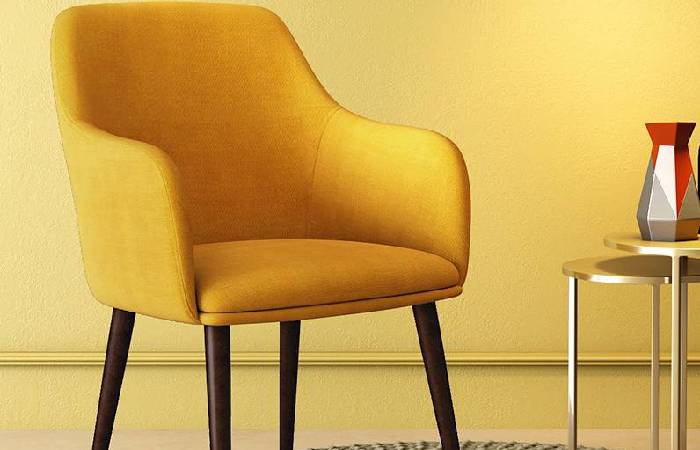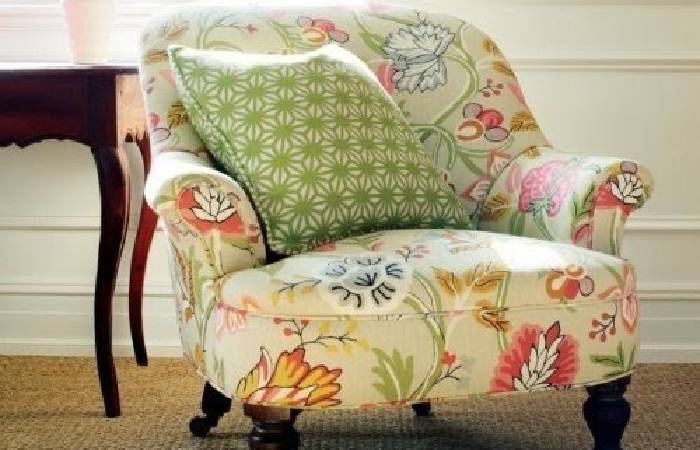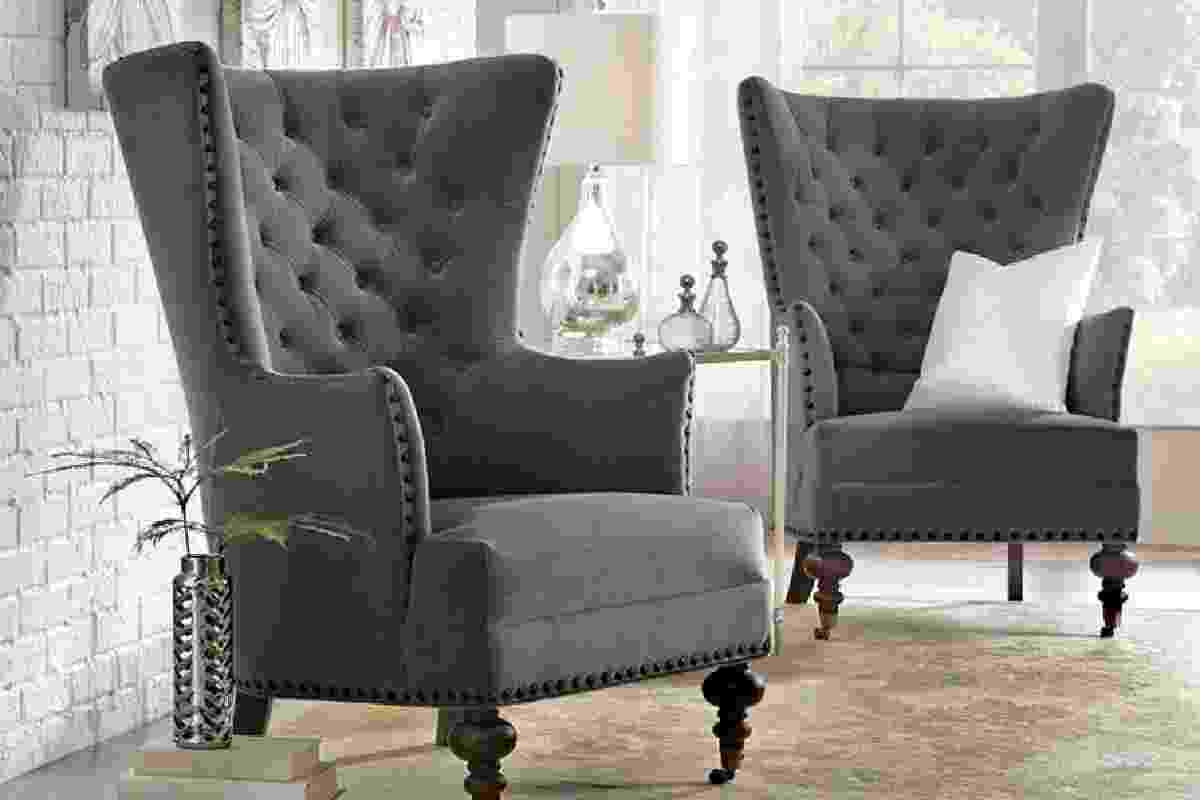An accent chair can use to pick a standout colour within a room’s theme, adding visual interest and pulling together a colour palette. The accent chair is frequently styled differently, is not part of a furniture set, and is usually upholstered in a different patterned fabric than the rest of the furniture in the room.
Table of Contents
History

Historically, a side or auxiliary chair is intended for occasional use, which means it can cover with more expensive or delicate fabric. Although often used in living rooms to accommodate extra guests, they are also created in bedrooms and used as a place to store clothes. A contemporary approach sees accent chairs used solely for aesthetic purposes, to tie together a colour scheme or add visual interest by introducing a sculptural look to a space.
A Different Style

Choose an accent chair that is style differently from the rest of your furniture, such as a wing chair or easy chair. A rocking chair or chaise lounge would also make a great accent chair. A booster chair is where a person can sit, and it should not be too tall or overbearing in the space. A sculptural chair adds drama and interest to a hole the same way a piece of art does.
Tapestry
The upholstery should include the accent colour of the interior design the entire chair can upholster, or the upholstery can have an exciting pattern with the accent colour. The accent chair may offer the opportunity to use a bolder fabric than in a larger area. So consider using materials with bold patterns like flowers or stripes, but remember that while the chair should stand out, it shouldn’t be conspicuous. Square.
Function
A side chair should be functional and attractive, so place it somewhere you’d like to sit near the fire, by the window, or next to a much-loved piece of art. Make sure the chair is big enough and comfortable enough to use.
How to Arrange Furniture in an L-Shaped Living Room?
Although an L-shaped living room is a typical layout in one- and two bedroom apartments, it isn’t easy to decorate in terms of furniture placement and creating a cohesive design. Although there are no rules for furniture placement, several design options will open up the room and connect all corners of the living room in an L shape. Some planning its require, as it must adapt to your needs regarding existing furniture and elements.
Stage 1
Write down a list of the sections or rooms you plan to incorporate into the L-shaped living room. This design lends itself well to combining two rooms, such as a living room with a dining section or combining a living room with a desk. When you’ve finished the list, choose a single focal point, like your TV or fireplace.
2nd step
Place your sofa or sofas in the prominent corner of the L-shape at an angle or axis so that the couch or sofas unite the room instead of dividing it. Also, please place it in front of your chosen focal point. Avoid placing large pieces of furniture against the wall, as they tend to divide the room. Place the second most significant piece of furniture at a 90-degree angle to the focal point, connecting a large amount of furniture and the focal point.

